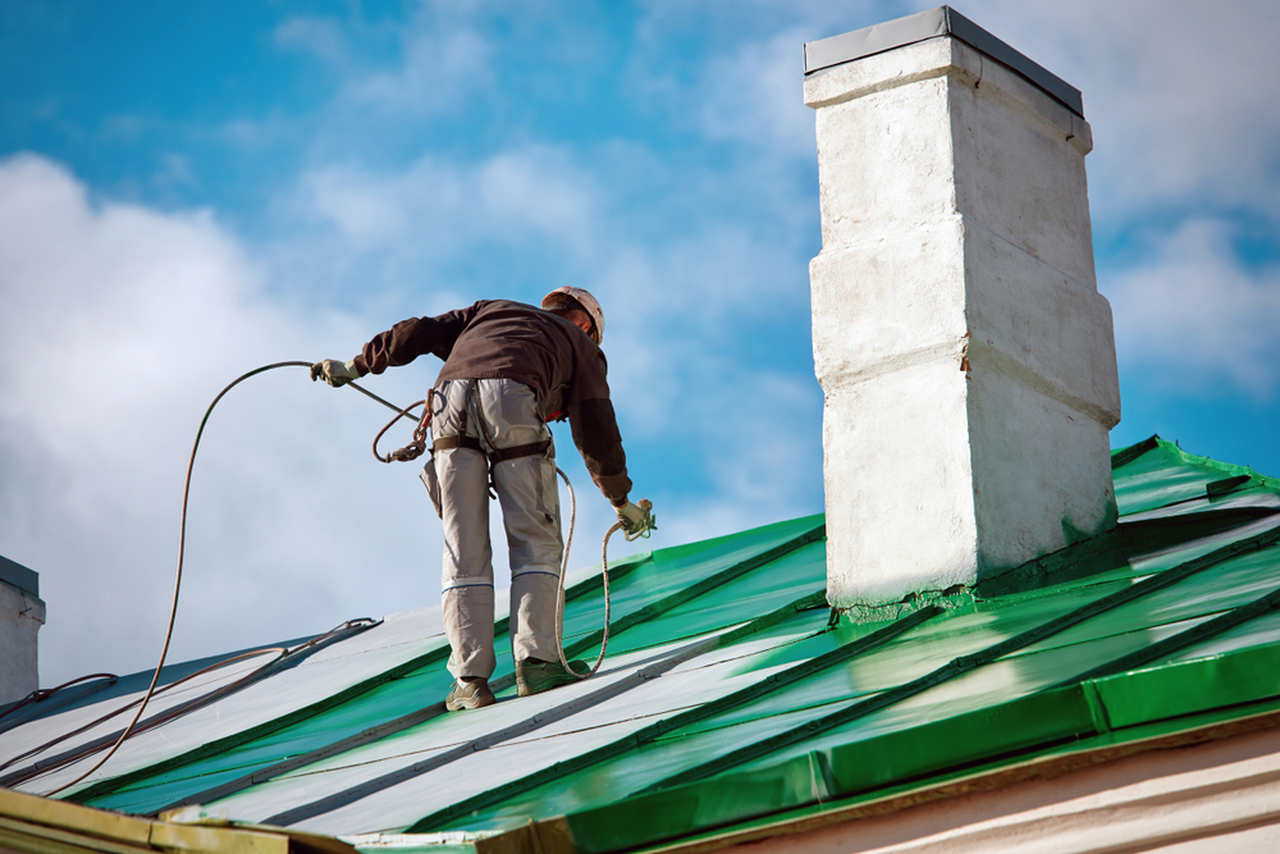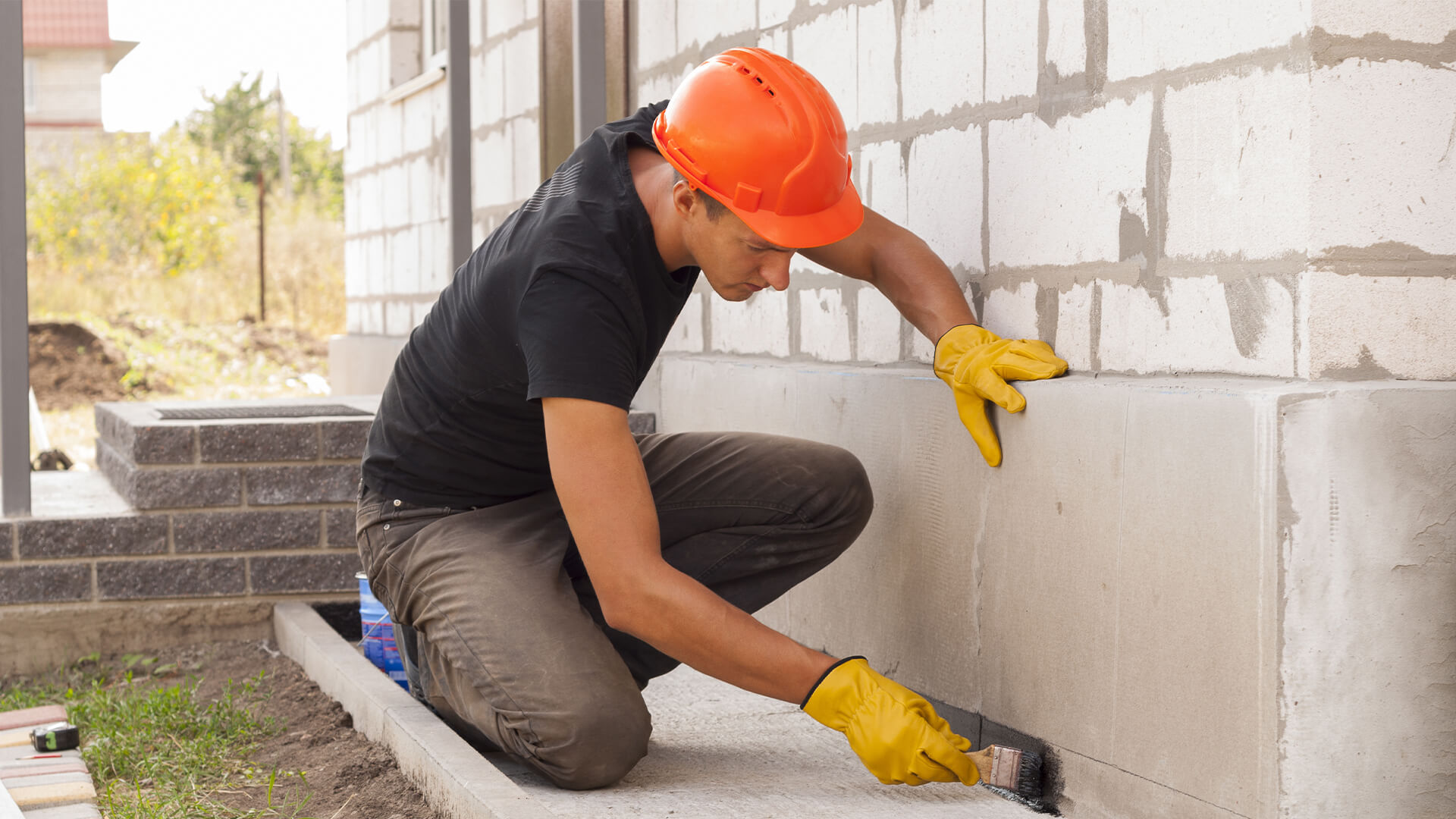Types of Waterproofing: Checking Out the Different Approaches and Their Applications
Waterproofing is an important facet of building and maintenance. It shields frameworks from the damaging results of water damage. There are several methods readily available, each with its distinct applications and advantages. From membrane layer systems to cementitious options, comprehending these options is crucial for efficient execution. The selection of waterproofing method can considerably affect resilience and longevity. Exploring these numerous strategies exposes their distinct benefits and potential difficulties, prompting more factor to consider of ideal solutions.
Membrane Layer Waterproofing Systems
Membrane waterproofing systems work as an essential obstacle versus water invasion in numerous structures. These systems commonly are composed of thin sheets made from products like rubber, thermoplastic, or asphalt, which are put on surfaces to stop moisture penetration. They can be mounted over or listed below grade and are especially efficient in areas prone to high water direct exposure, such as cellars, roof coverings, and foundations.The installation process involves cleaning the substratum, applying adhesives or primers, and precisely suitable the membrane to ensure full coverage. Membrane layer systems can be either fully adhered, mechanically attached, or laid loose, depending upon the specific demands of the task. They offer longevity and versatility, fitting architectural movements without compromising their waterproofing abilities. Additionally, these systems can be strengthened with added layers for improved protection. Inevitably, membrane waterproofing systems are important for securing structures against water damage and keeping long-term integrity.
Liquid-Applied Waterproofing Coatings
Liquid-applied waterproofing finishings provide a versatile remedy for protecting surface areas from water infiltration - Landscape drainage Omaha. These finishings include liquid products that, when applied, develop a smooth, flexible membrane layer. Their adaptability permits application on various substrates, consisting of concrete, metal, and wood. The layers can be utilized in varied atmospheres, from household to industrial setups, making them suitable for roof coverings, structures, and below-grade structures.One substantial benefit of liquid-applied finishings is their capability to adhere to uneven shapes and penetrate splits, developing a robust obstacle against wetness. They usually display outstanding bond homes and resistance to UV radiation, making certain longevity and resilience. Additionally, the application procedure is commonly simple, enabling quick installment and reduced labor costs. This technique also lessens the risk of water pooling, as the continuous layer properly routes water away from at risk areas. Overall, liquid-applied waterproofing coatings are an efficient option for complete water protection
Cementitious Waterproofing Solutions

Cementitious waterproofing remedies provide a robust choice for structures needing dependable dampness security. These systems mainly make use of a blend of cement, sand, and chemical ingredients to create a water-proof barrier. They are commonly related to surface areas such as concrete walls, structures, and floorings, giving a durable, resilient protection versus water intrusion.One of the essential advantages of cementitious waterproofing is its convenience of application; it can be used waterproof liquid for slab using a brush, roller, or spray, making it suitable for different task dimensions. Additionally, this method works with numerous surface areas and can frequently be utilized in conjunction with various other waterproofing techniques.Cementitious solutions are specifically effective in atmospheres where water exposure is a worry, such as basements or below-grade frameworks. Their excellent adhesion homes ensure that they bond well with substratums, giving a solid and nonporous layer against wetness Full Article penetration.
Bentonite Waterproofing
Bentonite waterproofing is an extremely reliable technique that makes use of sodium bentonite clay to produce an all-natural obstacle against water. This method manipulates the unique buildings of bentonite, which increases upon call with water, securing any type of potential leaks and protecting against wetness infiltration. It is generally made use of in different applications, consisting of foundation wall surfaces, passages, and maintaining wall surfaces, where water resistance is essential.Bentonite can be used in several kinds, such as panels or blankets, giving convenience in setup. Its capacity to self-seal makes it an attractive alternative for areas subject to shifting soil or changing water levels. Additionally, bentonite waterproofing is environmentally friendly, as it is an all-natural product that does not present unsafe chemicals into the surroundings.
Water Drainage and External Waterproofing Equipments
Efficient waterproofing often entails a mix of approaches, consisting of drainage and exterior systems. Water drainage systems, such as French drains and sump pumps, are designed to redirect water away from frameworks, decreasing hydrostatic pressure versus structures. These systems are crucial in protecting against water buildup that can lead to structural damages and mold and mildew growth.External waterproofing, on the various other hand, includes applying safety obstacles to the structure's outside. Methods such as the installation of bathtub waterproofing waterproof membrane layers, coatings, or sealers can assist stop water infiltration. This method not only protects the foundation but additionally enhances the overall durability of the structure.Together, water drainage and exterior waterproofing systems develop a complete service to manage water effectively. By carrying out these methods, building owners can safeguard their financial investments versus the damaging results of wetness, ensuring lasting stability and safety and security for their buildings.
Frequently Asked Inquiries
Exactly how Do I Pick the Right Waterproofing Method for My Job?
Picking the right waterproofing method depends upon variables such as project type, environmental problems, spending plan, and wanted longevity. Assessing these elements enables educated decisions tailored to particular requirements and demands.

Can Waterproofing Be Applied in Cold Weather Issues?
Waterproofing can be applied in cool weather condition conditions, however it requires details materials and strategies. Cold temperature levels might impact curing times and attachment, requiring mindful choice of products created for low-temperature application.
What Are the Common Indications of Waterproofing Failing?
Typical indications of waterproofing failing consist of visible water discolorations, peeling paint, wet smells, mold development, and splits in wall surfaces or foundations. French drain installation Omaha. These signs recommend that wetness is permeating the obstacle, compromising its efficiency
Just How Lengthy Does Waterproofing Last Before Requiring Upkeep?
The long life of waterproofing varies, generally lasting between 5 to ten years. Variables such as worldly quality, environmental problems, and upkeep techniques affect its sturdiness, demanding routine inspections to ensure efficient security against water intrusion.
Are There Eco-Friendly Waterproofing Options Available?
The concern of green waterproofing alternatives discloses a growing interest in sustainable materials (French drain installation Omaha). Various natural substances, such as plant-based sealers and recycled items, supply reliable remedies while decreasing ecological influence, interesting eco aware customers